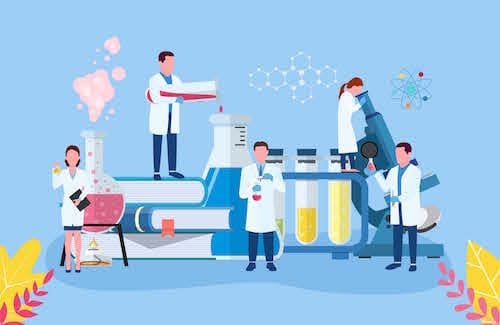
We already know that stigma plays a role in preventing people from getting the care they need.One in fiveAmericans experienced a mental healthconditionin 2018, but onlyfour in tenreceived treatment.Buteven for those whodoreceive treatment,stigma also preventsbetter care due to the lack of mental illnessresearch compared to research for othermedical conditions.Due to this, the progress of innovation for better mental illness medications has been slow.
A person just diagnosed with depression would receive similar care to a person who received care for depressiontwo decadesago.Drug manufacturershavescaled back research in psychiatry,andwithout the appropriate funding,neuroscientists havestruggledtoreinvigorate investment.
So how do we facilitate the fundamental researchneededto improve treatment for mental illness?
IncreasingFunding for Neuroscience
First, we need to be able to do the science that will lead to the discovery of therapeutic targets.Therapeutic targets represent specific molecules within the body or brain thatare associated with an illnessor set of symptoms andcanbepositivelyaffected by certain drugs.In the case of cancer, solid funding of the basic processes of cell growth led to discovery of a cascade of druggable molecules associated with specific cancers, leading to improved treatment options.We need to do the samefor mental illness.
The place to start is by increasing funding forneuroscience.Allbiomedicalresearch is underfunded,but especiallyneuroscience research considering the societal impact ofmental illness.We need to do a better job of discovering molecular pathways that may lead to newmedications.
To reinvigorate innovation, we will also need to incentivize the private sector to restore programs to developpsychiatric medications. The American Brain Coalition has been discussing thiseffortthrough itsInnovation Initiative.
Expanding OurUnderstandingofMedication
Neuroscientistsand psychiatrists alike need to focus their mindset towardunderstandingdrugs usedto treatpsychiatric disorders.For example, anexample of a commondrugtarget for depression is the serotonin transporter.Themost commonly usedmedications for that target are selectiveserotoninreuptakeinhibitors(SSRIs). How we understand these medications is that theybind to serotonin transporters and inhibit serotonin reuptake. However, that process happens within hours, while these drugs takeapproximatelytwo months to work. This suggests the therapeutic process is more complex than the textbook descriptionof SSRIs’ effects on the brain.
Similarly, when researchers tested how newer antipsychotic drugs affect the brain, they found that theyaffectedmore than a dozenneurotransmitterreceptors which were not always the intended targets of the drugs.Additionally, it wasn’t even clear whether the drugs wereactivatingor inhibitingthe variousreceptors,making it even harder to determine the overall effect of the drug.
The truth is that the actual therapeutic targets of these agents could be different than thoseintended, andmay reveal themselves slowly during the course of treatment.Given that even psychedelics hold promise as effective therapeutics, the term “expanding one’s mind” is particularly apt for both researchers and clinicians.
Personalizing Treatment
We also need to identifybiomarkers associated with psychiatric diseases — ideally in easily accessible sources like blood or blood cells.How better to combat stigma than to say to a person skeptical of their diagnosis, “sure, it’s in your head, but it’s also in your blood.”
Identifyingblood biomarkers for specific psychiatricillnesseswill not only combatstigma, butpoint the way toward personalized treatment strategies.For example, about one third of those treated for depression do not achieve remission, even after several series of drug treatments.Sinceit takes8-12 weeksto determinewhether a patient is responding to a given treatment, a blood biomarker that reflects depression status could preview results,avoidingweeks of trial and error.
Biomarkers could personalize treatment and aid in drug development.Unfortunately,this critical step forward will most likely not happenwithout support forincreasingpublicly-fundedbiomedical research in the neurosciences.
We can best addressthestigma ofmental illnessby:developing diagnostics andtreatmentsthat convince thosewith mental illnessand their families thereisa solid biological basisfor theirsymptoms, just likethose of physical illness. Andbydevelopingmedicationsthatwillwork for them.We needsufficientsupport for the research that willgive hope tothose withmental illnessandprovethere is a path forward.
Mark M.Rasenick, Ph.D. is Distinguished UIC Professor of Physiology and Psychiatry and Director of the Biomedical Neuroscience Training Program at the U. Illinois College of Medicine and a Career Research Scientist at the Jesse Brown VAMC.His research on G protein signaling and on the neurobiology of depressionis fundedby the NIH, VA and other sources.He served as a Robert Wood Johnson Health Policy Fellow on the staff of the late Senator Edward M. Kennedy and is currently Secretary and Advocacy Chair of the American Brain Coalition.He isafounder of Pax Neuroscience, a company aimed at developing biomarkers and personalized medicine for depression.
We’re always accepting submissions to the NAMI Blog! We feature the latest research, stories of recovery, ways to end stigma and strategies for living well with mental illness.Most importantly: We feature your voices.
Check out our Submission Guidelines for more information.


